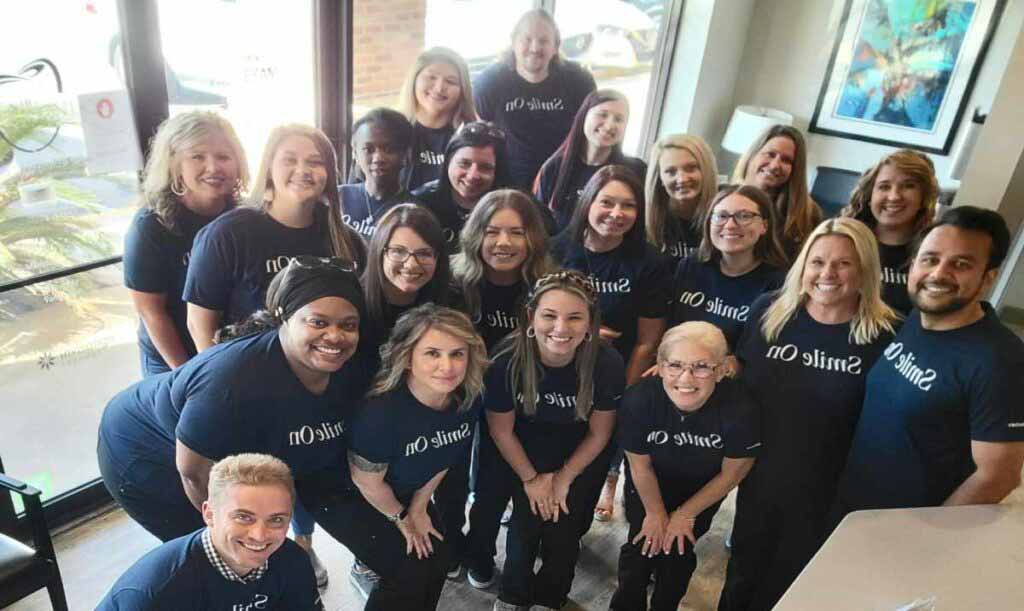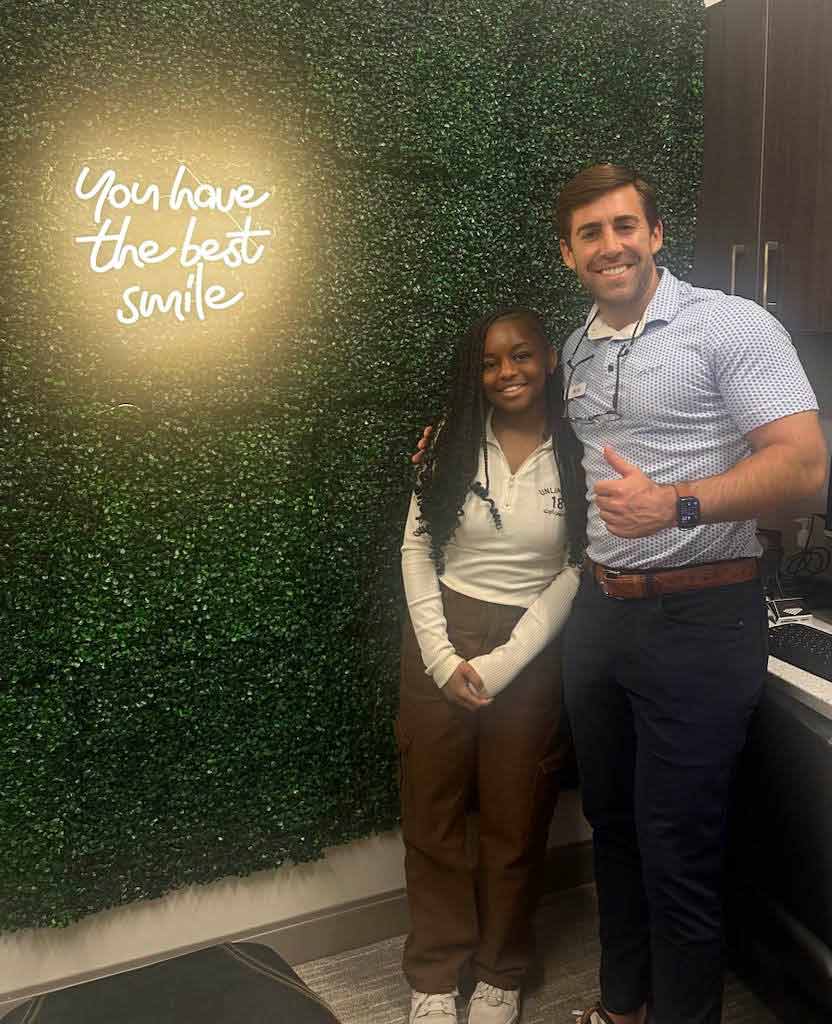Invisalign is one of the most popular options for orthodontic treatment today. Its custom-made personalization paired with barely noticeable aligner trays makes it a great option for those who want to get a straighter smile without the traditional metal braces.
Because it is so different, there is plenty you should know before you consider getting Invisalign.
1. Invisalign is Custom-Made
Invisalign custom designs each aligner for your mouth so your orthodontic needs are specifically met. After measurements of your mouth are taken at the orthodontic office, the Invisalign lab creates several sets of aligners for you to use and change out about every two weeks. These progressively shift and straighten your teeth over time.
2. Stay in Touch with Your Orthodontist
The Invisalign process establishes itself on regular visits and checkups with your orthodontist. Be prepared to see your orthodontist consistently in order to swap out your current set of aligners for new ones. You’ll usually have to go back in to see your orthodontist every eight to ten weeks to stay on target for your treatment. Maintaining your appointments keeps your Invisalign process on track and will lead you to a straighter smile quickly.
3. Take Responsibility for Your Treatment
One of the many benefits of Invisalign is every aligner is removable. So, you will be able to take them out at any time: to eat, drink, and brush your teeth. You don’t have to change your diet or forego any of your favorite snacks.
But you should have the trays in during the rest of your day. Invisalign works best when it is in your mouth at least 22 hours a day. This means you have to be responsible about when you put them in and how long you leave them out. Removing your Invisalign trays for too long can delay your treatment process. Because of this, Invisalign is usually suggested for older teens and adults who can be responsible with the freedom of Invisalign.
4. Brush and Floss Every Day
Even though you’re not wearing conventional metal braces that can trap food and bacteria easily, you still need to be consistent and vigilant with your brushing and flossing. Be sure to brush at least twice a day and every time you eat. Food might get stuck in between your teeth and then will be left in your aligners if not removed, which can lead to cavities and tooth decay.
Check out our blog about why Invisalign is better than regular braces.
5. Take Care of Your Invisalign Aligners
Keeping your aligners clean is just as important as keeping your teeth clean. This will prevent germs and bacteria from growing on your aligner trays. You can soak the aligners in a special Invisalign cleaner. Brushing them with toothpaste could damage them, so be sure to opt for a gentler cleansing method. Soap and water will do just fine but be sure and rinse them thoroughly.
6. Invisalign Can Include Adjustments for More Serious Issues
Invisalign is usually only used for patients with minor orthodontic issues, but there are some additions that can be made for more complex cases. Attachments are used in most cases, but the more difficult the case, typically the more attachments there will be. These clear buttons or attachments create anchor points that apply pressure to move certain teeth and allow Invisalign to have a better grip on the more problematic teeth. Rubber bands can be added to correct more difficult dental malocclusions. Ask your orthodontist if this could be an option for you if you have more serious orthodontic needs.
7. There Might Be Some Discomfort
Just like any other orthodontic treatment, Invisalign can cause minor discomfort in the beginning. The aligners themselves are comfortable and easy to wear, but as they start to move your teeth, you could feel some pain. Your teeth might feel more sensitive or loose but that’s how they will be moved into the correct positions. Invisalign does have the benefit of using no brackets or wires, so you don’t have to worry about any metal irritating the inside of your mouth!
8. Invisalign Is Just the Beginning
After you finish with your Invisalign treatment, you will still have to wear a retainer. This just ensures your teeth stay straight and don’t shift back to their original positions. Be sure to talk to your orthodontist about this final stage of treatment.
If you have any other questions about Invisalign, call us today at (843) 4-BRACES to schedule a visit.



